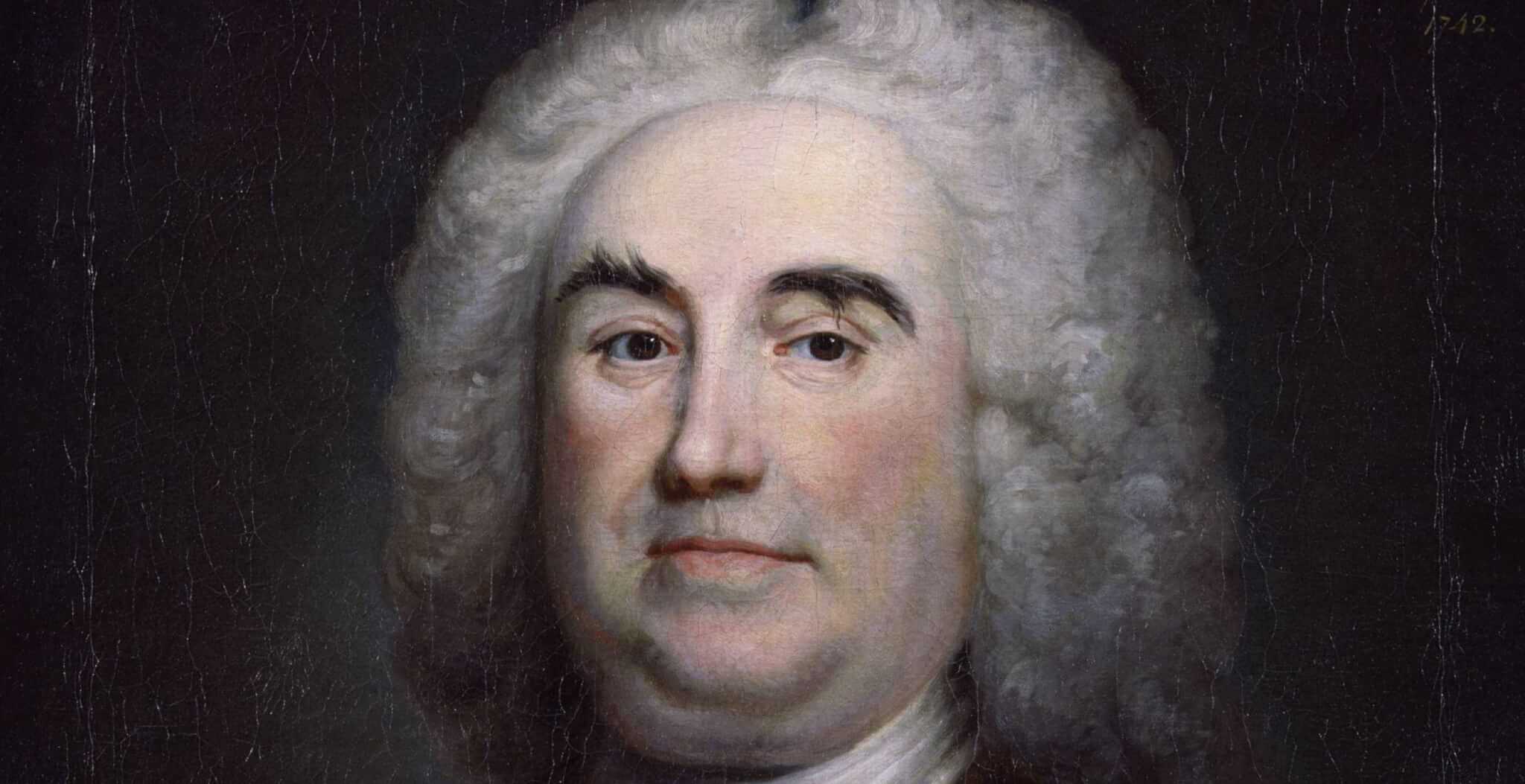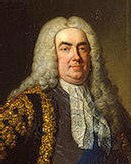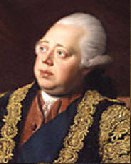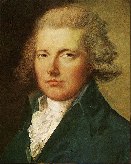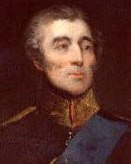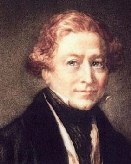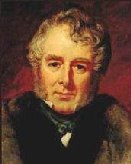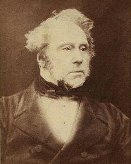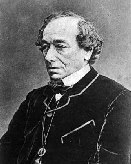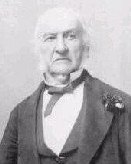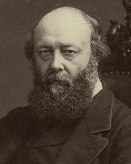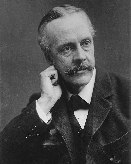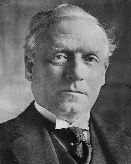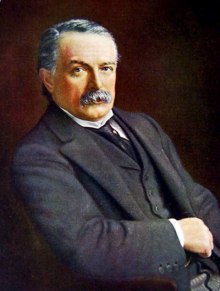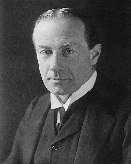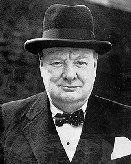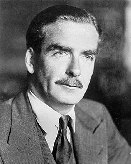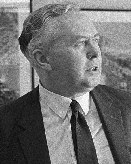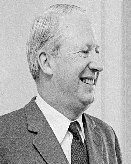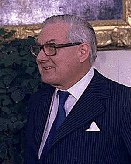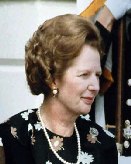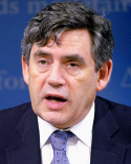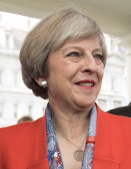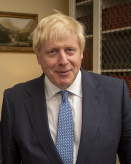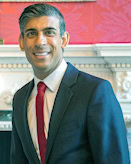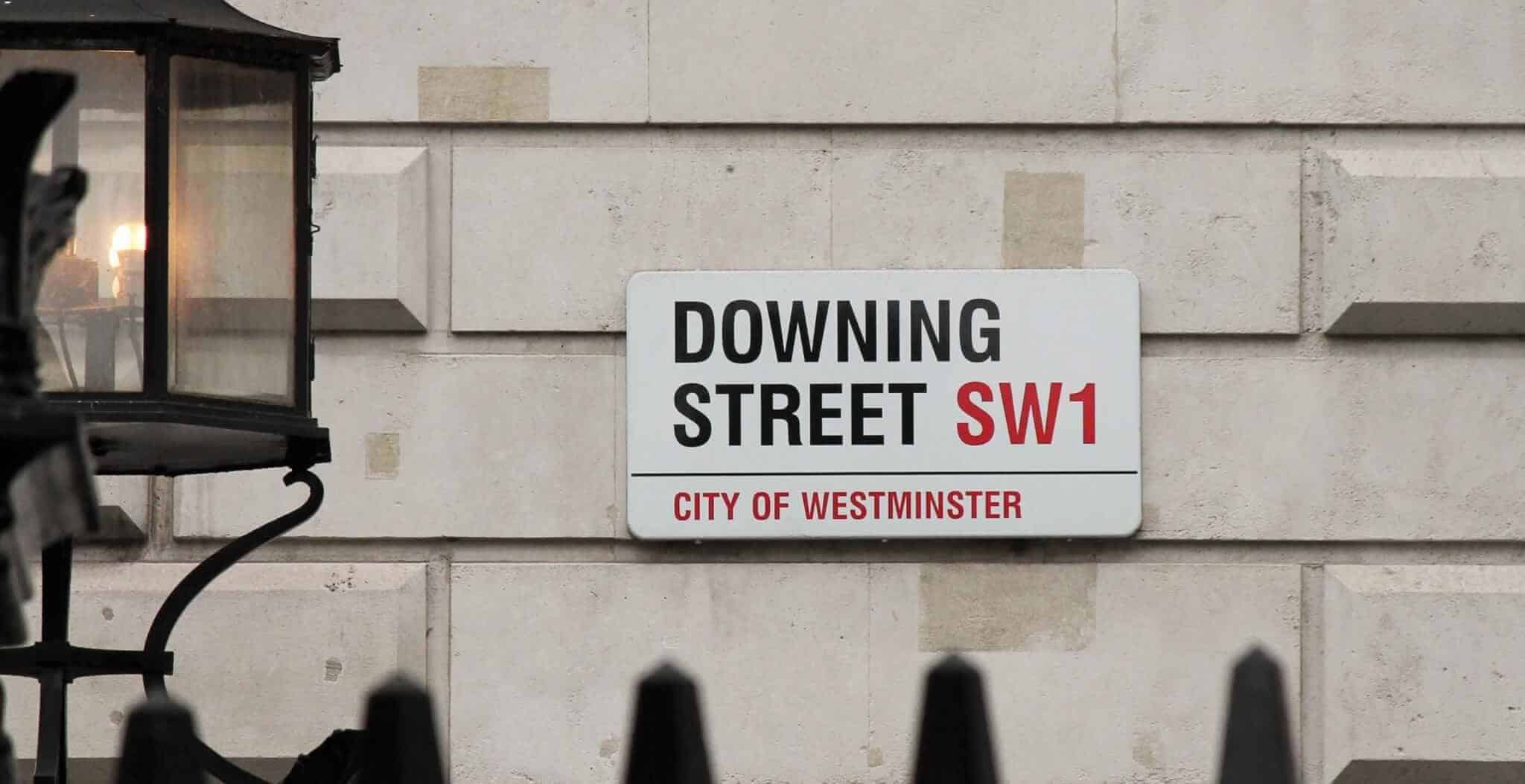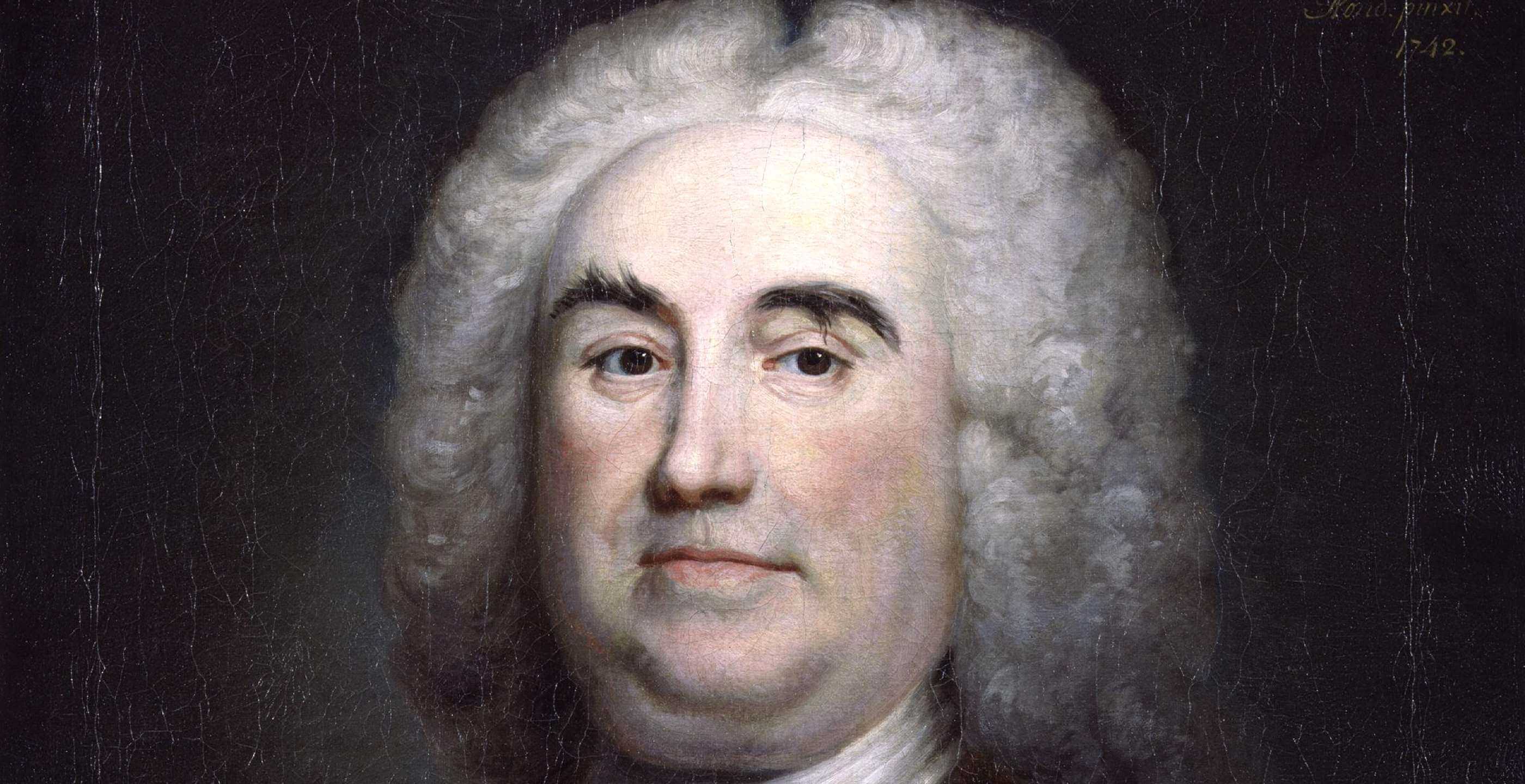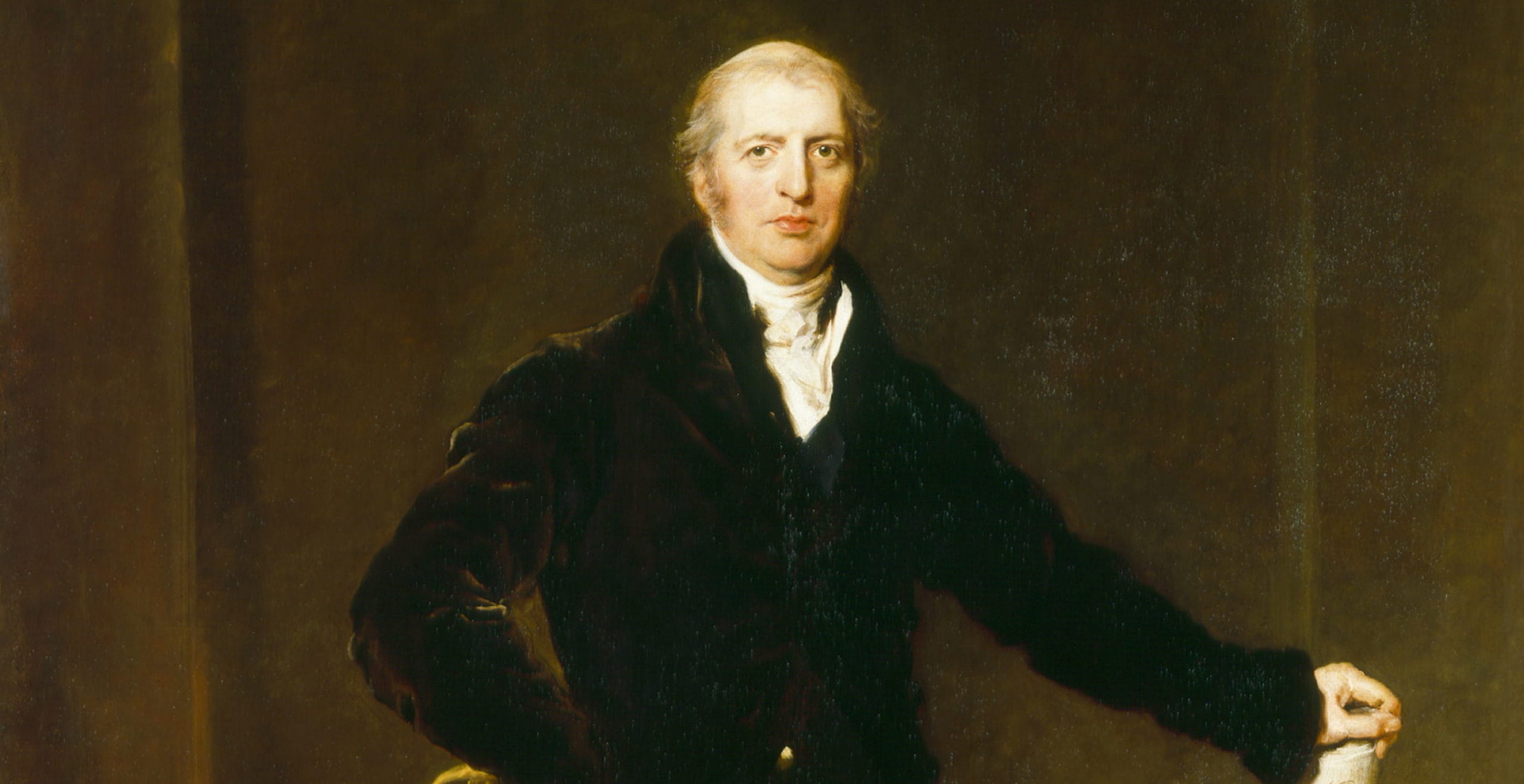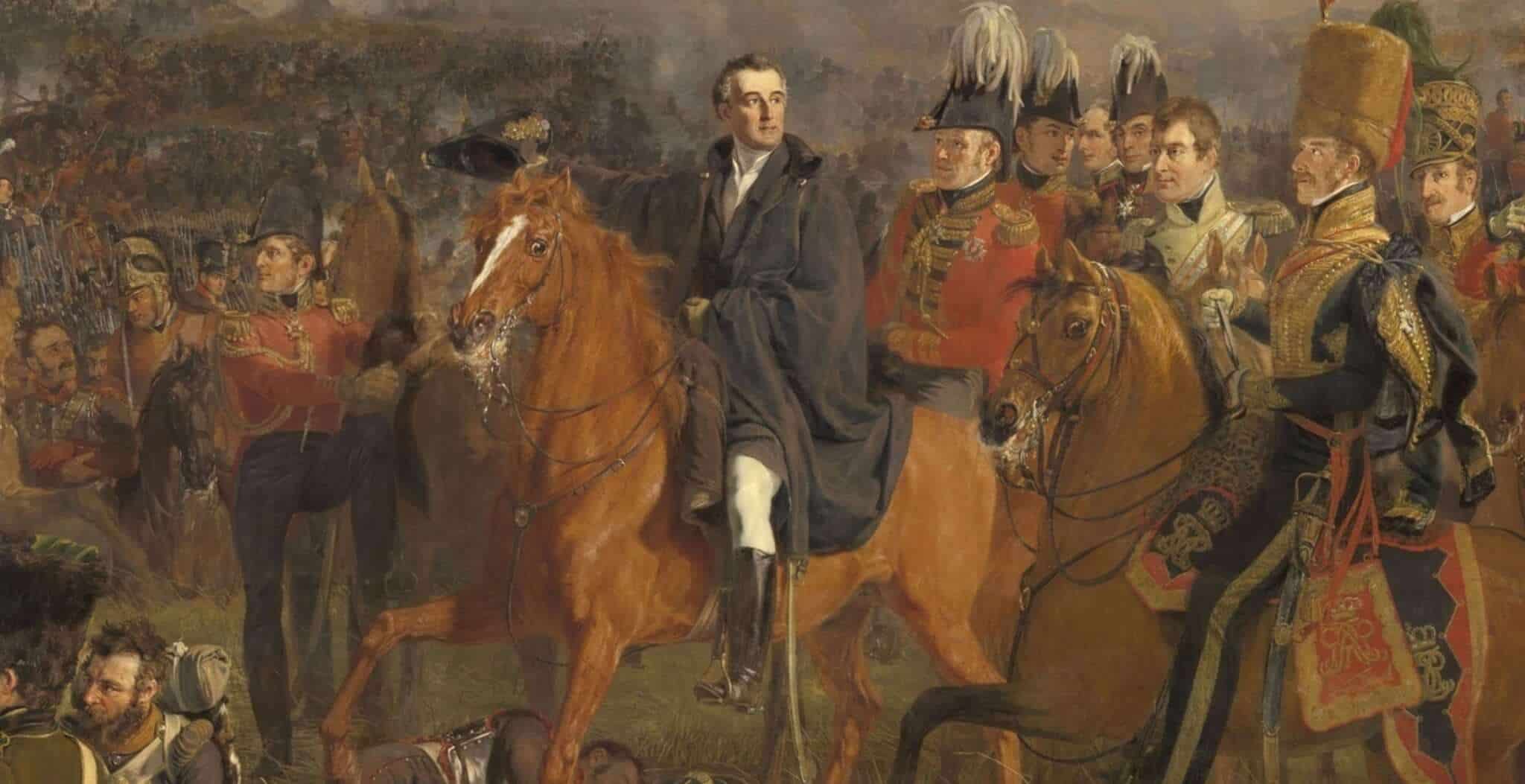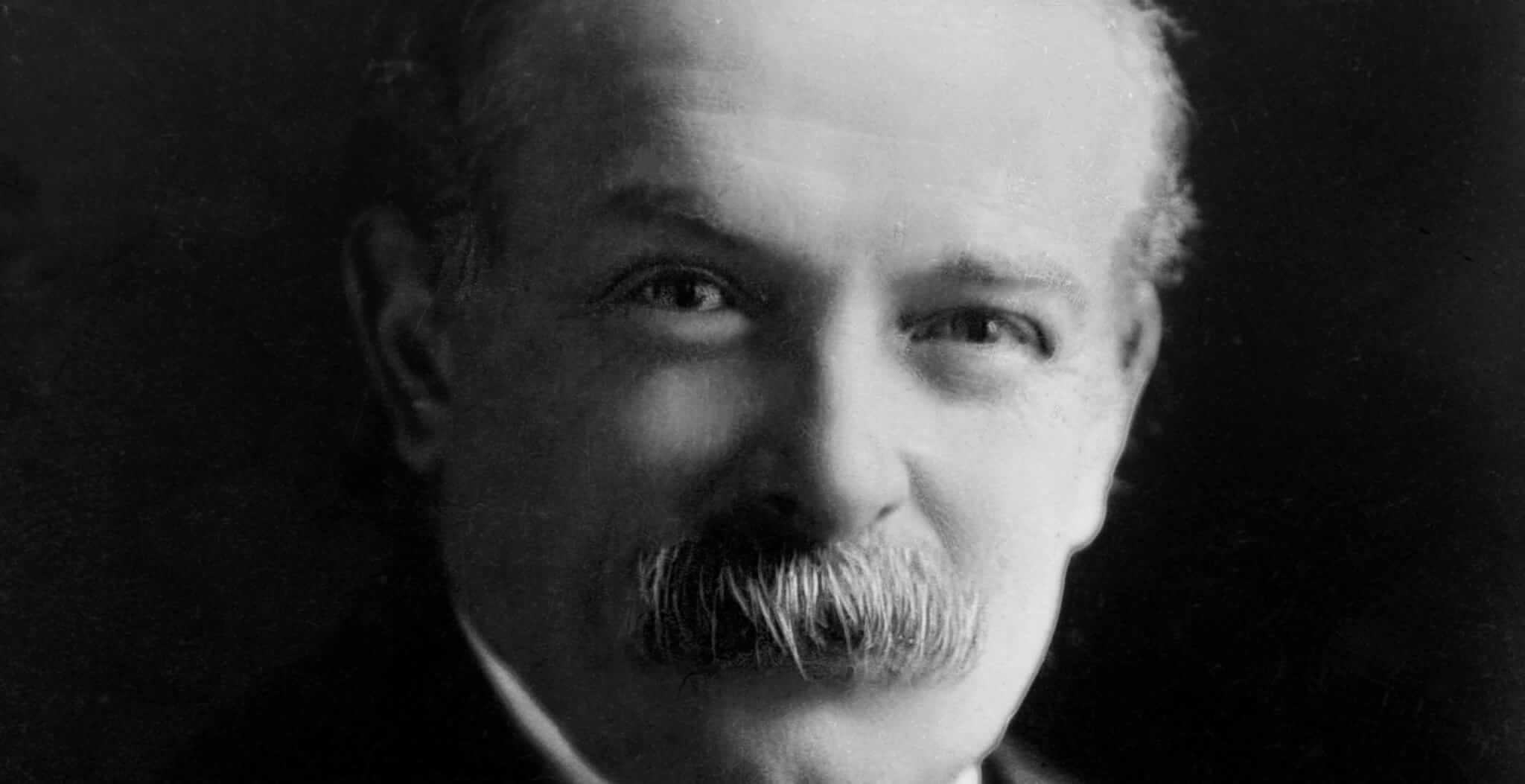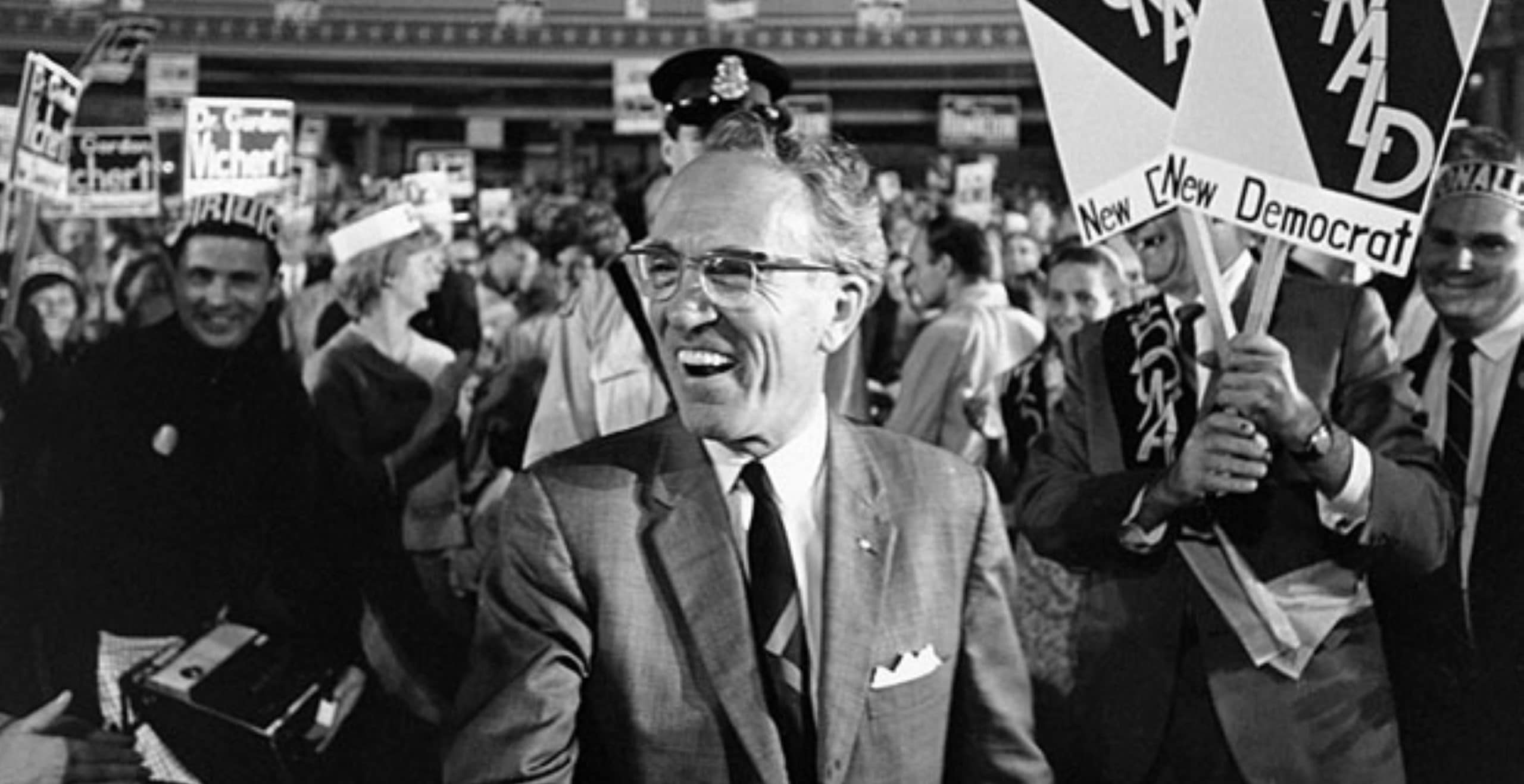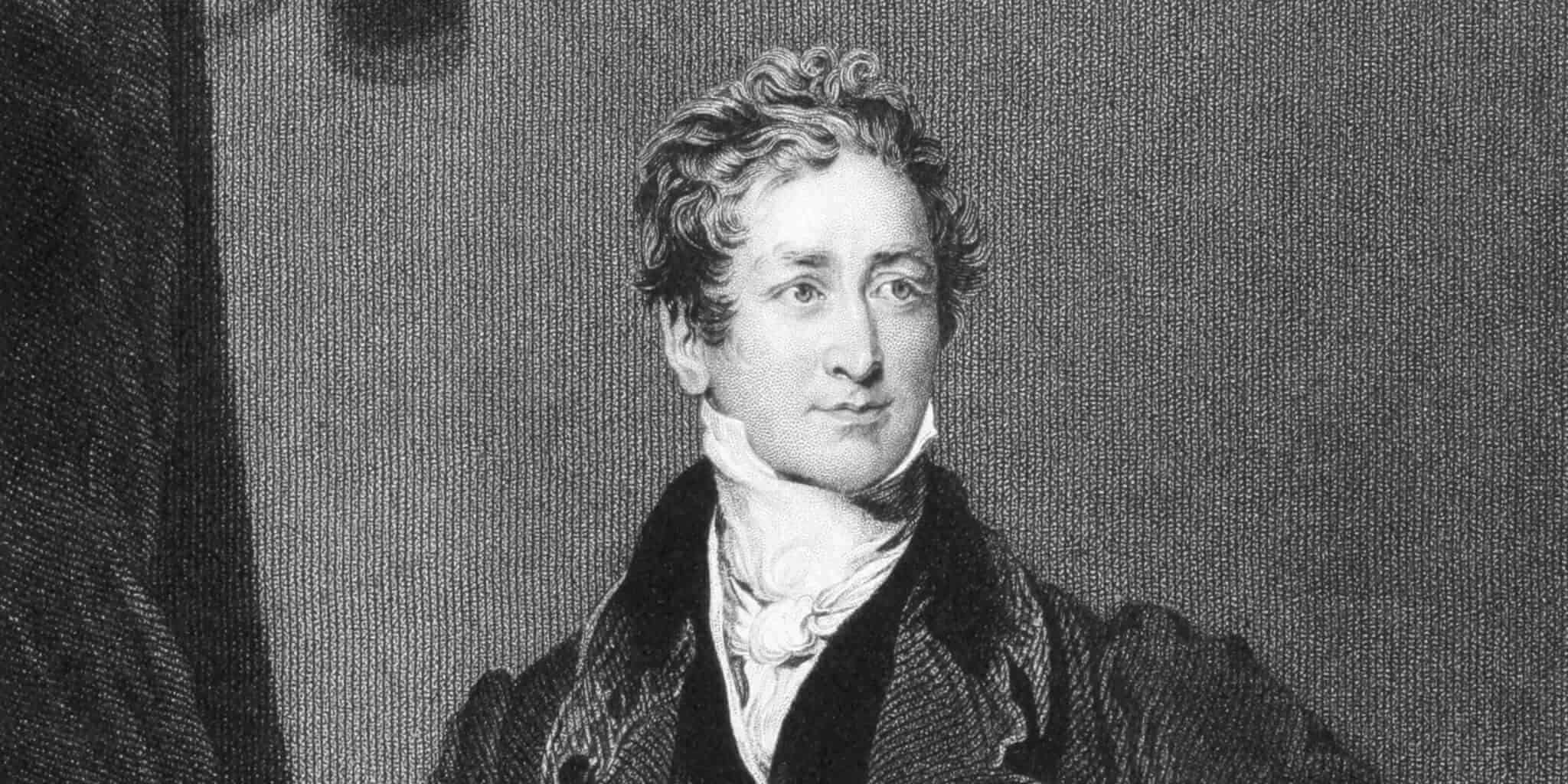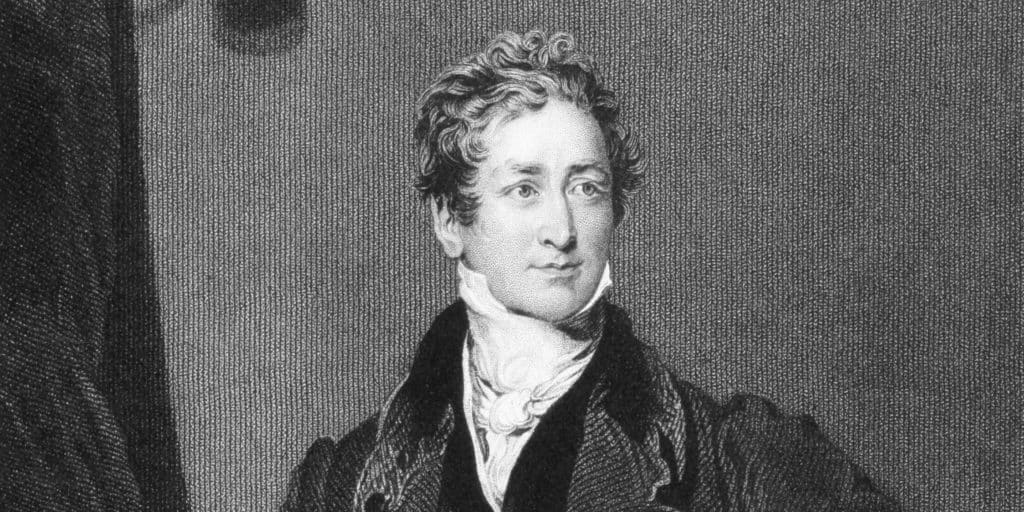The Prime Minister is the political leader of the United Kingdom and is the head of the Government. There were 15 Prime Ministers during the 70 year reign of Queen Elizabeth II, some more than once. The official residence of the Prime Minister of Britain is 10 Downing Street, London.
| term | name | political party |
| 1721-42 | Sir Robert Walpole – Restored confidence in the country following the South Sea Bubble financial crash of 1720. Dominated the political scene during the reigns of George I and George II. George II made Walpole a gift of 10 Downing Street. Walpole resigned as a consequence of his perceived mis-handling in dealing with the War of Jenkins’ Ear. | Whig |
| 1742-43 | Earl of Wilmington – Suffering poor health for most of his time as Prime Minister, he died in office. | Whig |
| 1743-54 | Henry Pelham – During his time in the post he oversaw the the British involvement in the War of the Austrian Succession in 1744-48, the 1745 Jacobite Rising and the adoption of the Gregorian calender. He died in office. | Whig |
| 1754-56 | Thomas Pelham-Holles, Duke of Newcastle – Assumed the office of Prime Minister just 10 days after the death of his brother Henry Pelham. During the Seven Years’ War, he was blamed for the loss of Minorca and was replaced by the Duke of Devonshire. | Whig |
| 1756-57 | William Cavendish, Duke of Devonshire – In a government effectively controlled by Pitt the Elder, Devonshire’s administration was brought to end following the dismissal of Pitt by the king, it was replaced by the Second Newcastle Ministry. | Whig |
| 1757-62 | Thomas Pelham-Holles, Duke of Newcastle – Returning to office with Pitt the Elder as Southern Secretary, this government helped steer Britain to ultimate victory over France and Spain during the Seven Years’ War. | Whig |
| 1762-63 | John Stuart, 3rd Earl of Bute – A favourite of George III, he was the first Scot to hold the top office. Unpopular with the ‘great unwashed’, he introduced a tax on cider in order to help pay for the Seven Years’ War. He resigned following fierce criticism of his handling of the peace negotiations. | Tory |
|
Sir Robert Walpole, Lord North, William Pitt The Younger |
||
| 1763-65 | George Grenville – The introduction of the Stamp Act of 1765 imposed a direct tax on the British colonies and plantations in America, one of the sparks that would help ignite the American War of Independence. | Whig |
| 1765-66 | Charles Watson-Wentworth, 2nd Marquess of Rockingham – Bowing to public pressure from disaffected American colonists and British manufacturers, the unenforceable Stamp Act was repealed. He also appeased the ‘great unwashed’ by scrapping Bute’s cider tax. | Whig |
| 1766-68 | William Pitt ‘The Elder’, 1st Earl of Chatham – Known as the ‘Great Commoner’, Pitt is credited with creating the British Empire. Although only Prime Minister for 2 years, he dominated British politics in the mid-18th century. His military campaigns in Canada, India, the West Indies and West Africa created a highly lucrative trading empire. | Whig |
| 1768-70 | Augustus Henry Fitzroy, Duke of Grafton – Assumed the top job after Pitt fell ill, his short time in charge mainly involved attempting to restore friendly relations with the American colonies. Better remembered at the time for his colourful private life. | Whig |
| 1770-82 | Lord Fredrick North – Led Great Britain into the American War of Independence (1775). Although blamed for Britain’s subsequent defeat, many of the military operations were hampered by infighting within the British high command in North America. | Tory |
| 1782 | Charles Watson-Wentworth, 2nd Marquess of Rockingham – During his second ministry Britain acknowledged the indepence of the United States. He died suddenly, just three months after assuming the top job. | Whig |
| 1782-83 | William Petty, 2nd Earl of Shelburne – Britain’s first Irish-born Prime Minister, a former general he was in office at the time of the Treaty of Paris which officially ended the American War of Independence. The treaty also defined new borders for the United States, including all land from the northern Great Lakes to Florida in the south. | Whig |
| 1783 | William Cavendish-Bentinck, 3rd Duke of Portland – As head of a coalition government composed of Lord North’s Tories and Charles James Fox’s opposition Whigs, Portland was instrumental in ensuring Tory party dominance in the decades that followed. | coalition |
| 1783-1801 | William Pitt ‘The Younger’ – Son of Pitt the Elder, he became the youngest ever Prime Minister, aged just 24. Dedicated to sound government, his many achievements helped define the modern role of the office, including introducing the first income tax! He resigned when the king refused to accept Catholic emancipation. | Tory |
| 1801-04 | Henry Addington, 1st Viscount Sidmouth – Although the Treaty of Amiens in 1802 temporarily halted the hostilities between the French Republic and Great Britain, the uneasy truce ended in May 1803 when Britain again declared war on France. | Tory |
| 1804-06 | William Pitt the Younger – With the renewed outbreak of war with France, Pitt was returned to office. Exhausted by the demands of the top job, he died in office aged just 46. | Tory |
| 1806-07 | William Wyndham Grenville, 1st Baron Grenville – The youngest son of George Grenville, during his ministry the Slave Trade Act 1807: abolished the slave trade in the British Empire. Unable to control the coalition, he resigned the office. | coalition |
| 1807-09 | William Cavendish-Bentinck, 3rd Duke of Portland – Although aged and in poor health, Portland assumed the top job for the second time. His short time in office was beset by disputes between warring factions within his ministry. He died 23 days after resigning his post. | Tory |
| 1809-12 | Spencer Perceval – With economic depression and Luddite agitation at home, and the threat of Napoleon in Europe, his administration was divided and repressive. The only British Prime Minister ever to be assassinated, he was shot in the lobby of the House of Commons by a bankrupt who blamed the government for his misfortune. | Tory |
| 1812-27 | Robert Banks Jenkinson, 2nd Earl of Liverpool – With the assassination of Perceval, Liverpool was asked to form a government. Following victory in the Napoleonic Wars, he helped guide the country through a period of radicalism and unrest, including the Peterloo Massacre. | Tory |
| 1827 | George Canning – One of the shortest serving Prime Ministers, Canning died suddenly from pneumonia, barely 5 months after assuming office. | coalition |
| 1827-28 | Fredrick John Robinson, Viscount Goderich – Lacking support to hold together the frail coalition of Canningite Tories and aristocratic Whigs, he resigned after less than 5 months in office. | Tory |
|
The Duke of Wellington, Sir Robert Peel, Viscount Melbourne |
||
| 1828-30 | Arthur Welleslley, 1st Duke of Wellington – The second Irish-born Prime Minister and second veteran general, perhaps more famous as a soldier of the Napoleonic Wars than a politician. Is said to have commented after his first Cabinet meeting: “An extraordinary affair. I gave them their orders and they wanted to stay and discuss them.” He introduced the Roman Catholic Relief Act 1829, removing many of the restrictions on Catholics in the UK. Resigned after a vote of no confidence. | Tory |
| 1830-34 | Charles Grey, 2nd Earl Grey – Famous for the blend of tea named after him, his political achievements included the Great Reform Act of 1832, which started the process of electoral change that we recognise today. His other legacies included the abolition of slavery throughout the British Empire and restrictions concerning the employment of children. He resigned after disagreements over his Irish policies. | Whig |
| 1834 | William Lamb, 2nd Viscount Melbourne – The last Prime Minister to be dismissed by a Sovereign, King William IV. | Whig |
| 1834-35 | Sir Robert Peel 2nd Baronet – At the second time of asking, Peel accepted King William IV’s invitation to form a government. Head of a minority government, he resigned following a number of defeats in Parliament. | Whig |
| 1835-41 | William Lamb, 2nd Viscount Melbourne – Returning to office for the second time, Melbourne found the new Queen Victoria much more agreeable than William IV. Tutoring the young queen in the ways of politics, they formed a close relationship. He resigned after a series of parliamentary defeats. | Whig |
| 1841-46 | Sir Robert Peel 2nd Baronet – Returning to office for the second time, Peel introduced important employment laws that banned women and children from working underground in mines, in addition The Factory Act of 1844 limited the hours of work for children and women. Unable to feed a starving Ireland, he finally succeeded in repealing the Corn Laws. | Conservative |
| 1846-52 | Lord John Russell, 1st Earl Russell – Russell was the last Whig Prime Minister. His Public Health Act of 1848 improved the sanitary conditions of towns and cities. He was in office at the time of The Great Exhibition of 1851. | Whig |
| 1852 | Edward Smith Stanley, 14th Earl of Derby – Considered by many to be the father of the modern Conservative party, his government collapsed when the budget of his Chancellor, Benjamin Disraeli, was rejected by the house. | Conservative |
| 1852-55 | George Hamilton Gordon, Earl of Aberdeen – A cousin of the poet Lord Byron, his government was dominated by a war with Russia. He resigned after losing a vote of confidence into his handling of the Crimean War. | Peelite |
| 1855-58 | Henry John Temple, 3rd Viscount Palmerston – An Irish peer, his India Bill of 1858 transferred control of the East India Company to the Crown. | Liberal |
| 1858-59 | Edward Smith Stanley, 14th Earl of Derby – Returning to office for the second time, his Jews Relief Act of 1858, removed barriers to Jews entering Parliament. | Conservative |
| 1859-65 | Henry John Temple, 3rd Viscount Palmerston – Returning to office for the second time, his ministry was dominated by the American Civil War and the resulting suffering caused by the Lancashire Cotton Famine. Hale and hearty to the end, he died in office at the tender age of just 81. | Liberal |
| 1865-66 | Lord John Russell, 1st Earl Russell – Returning to office for the second time, after the untimely death of Palmerston. | Liberal |
| 1866-68 | Edward Smith Stanley, 14th Earl of Derby – Returning to office for the third and final time, his Reform Act of 1867 doubled the number of adult males that could vote in England and Wales. | Conservative |
|
Lord Palmerston, Benjamin Disraeli, W E Gladstone |
||
| 1868 | Benjamin Disraeli – Just 10 years after the barriers to Jews entering Parliament had been removed, Britain has its first, and so far only, Jewish Prime Minister. In accepting the post, ‘Dizzy’ is said to have declared, “I have climbed to the top of the greasy pole”. | Conservative |
| 1868-74 | William Ewart Gladstone – Gladstone led the greatest reforming administrations of the 19th century. His policies were intended to improve individual liberty by scrapping barriers to freedom and personal advancement. A heavy defeat at the 1874 general election allowed his arch-rival Disraeli to once again reach the top of the greasy pole. | Liberal |
| 1874-80 | Benjamin Disraeli, the Earl of Beaconsfield – Returning to office for the second time at the age of 70, his policies introduced a large amount of social legislation, including providing housing for the poor and greatly improved sanitation. His relationship with Queen Victoria helped to return her to public life, proclaiming her Empress of India. Anglo-Zulu Wars. | Conservative |
| 1880-85 | William Ewart Gladstone – Gadstone’s second administration suffered a number of set-backs in foreign policy, including a humiliating defeat in the First Boer War and failing to rescue General Gordon in Sudan. | Liberal |
| 1885-86 | Robert Gascoyne-Cecil, 3rd Marquess of Salisbury – Salisbury became leader of the Conservative party following the death of Disraeli in 1881, he reluctantly became Prime Minister and formed a minority government. | Conservative |
| 1886 | William Ewart Gladstone – Now aged 76, Gladstone’s introduction of a Home Rule Bill for Ireland split the Liberal Party. | Liberal |
| 1886-92 | Robert Gascoyne-Cecil, 3rd Marquess of Salisbury – With the split in the Liberal Party, Salisbury attempted to contain the Irish problem by a combination of firm government and reform. Creation of Rhodesia, modern day Zimbabwe, with its capital city named Salisbury. | Conservative |
| 1892-94 | William Ewart Gladstone – Now well into his 80s, this ‘Grand Old Man’ of British politics was returned to office for a fourth term and once again introduced the Irish Home Rule Bill. Although passed by the House of Commons, the bill was rejected by the Lords. Gladstone submitted his fourth and final resignation. | Liberal |
| 1894-95 | Archibold Primrose, 5th Earl of Rosebery – Reluctantly accepted the post of Prime Minister following the resignation of Gladstone. In a short lived administration plagued by Cabinet disputes, he resigned having achieved his lifes three ambitions… to marry an heiress, own a Derby winning horse and to be Prime Minister. | Liberal |
| 1895-1902 | Robert Gascoyne-Cecil, 3rd Marquess of Salisbury – Returned to office for the third and final time. During his tenure the Second Boer War broke out in 1899, ending in 1902. He retired in favour of his nephew Balfour. | Conservative |
|
Lord Salisbury, Arthur James Balfour, H H Asquith |
||
| 1902-05 | Arthur James Balfour – His Education Act of 1902 standardised the educational system of England and Wales, handing powers from school boards to Local Education Authorities (LEAs). His cabinet split on the issue of free trade policies. | Conservative |
| 1905-08 | Sir Henry Campbell-Bannerman – Glasgow born ‘C-B’ was the first in the top job to be given the official title of ‘Prime Minister’. Outspoken on the ‘barbarities’ of the Boer War, he restored independence to the Transvaal and Orange Free State in South Africa. | Liberal |
| 1908-15 | Herbert Henry Asquith – Asquith became Prime Minister following the resignation of ‘C-B’. He took charge in troubled times, with Irish Home Rule and Women’s Suffrage the burning issues of the day. The Old Age Pension Act of 1908 laid the foundation of the modern welfare state. This was followed by the National Insurance Act of 1911, that provided an income for working people suffering illness or unemployment. He also led Britain into the First World War. | Liberal |
| 1915-16 | Herbert Henry Asquith – In order to gain maximum support for the ongoing war Asquith formed a coalition government. The conflict however, was not going well and so with deadlock in the trenches, Asquith resigned. | coalition |
| 1916-22 | David Lloyd George – The only Prime Minister to have spoken Welsh as his first language, Lloyd George accepted an invitation to form a government following the resignation of his fellow Liberal, Asquith. A man of great energy and dynamism, he was widely touted as the man who had won the war and promised… ‘a land fit for heroes’. The Anglo-Irish Treaty led to the establishment of the Irish Free State. The public outcry that followed his ‘cash for honours’ scandal saw him ousted from power. | coalition |
| 1922-23 | Andrew Bonar Law – After Lloyd George had been removed from office by the Conservative members of his cabinet, the king invited the Canadian-born Bonar Law to form a new government. He lasted just 209 days in office before resigning due to ill health and died just 6 months later. | Conservative |
| 1923-24 | Stanley Baldwin – Just a few months into office and much to the surprise of all around him, Baldwin called an early general election on the issue of protectionist trade tariffs. The policy was an attempt to resolve Britain’s economic problems, it achieved however, the remarkable feat of reuniting the Liberals and letting Labour into power for the first time. | Conservative |
| 1924 | James Ramsay MacDonald – The very first Labour Prime Minister, MacDonald came from a Scottish working class background. As head of a minority government, he was reliant on the support of the Liberals. Frustrated by his inability to introduce meaningful legislation he called an early election. | Labour |
| 1924-29 | Stanley Baldwin – In his second term in office, Baldwin was responsible for several notable social achievements including extending the right to vote to women aged over 21. He amazed the political world by inviting Winston Churchill, who at that time was a Liberal MP, to be his Chancellor of the Exchequer. He successfully steered the country through the rocky waters of the General Strike of 1926. | Conservative |
| 1929-31 | Ramsey MacDonald – In his second minority government, MacDonald appointed the first ever female minister, Margaret Bondfield. Just a few months into his term however, the world was shaken by the Wall Street Crash of 1929 and the Great Deppression that followed. | Labour |
| 1931-35 | Ramsey MacDonald – With his Labour government divided on how to resolve an economic crisis that included the doubling of unemployment levels; MacDonald resigned but was reappointed at the head of a national coalition government (with support from the Conservative and Liberal parties). This move cost him the support of his own party and he once again resigned | national coalition |
| 1935-37 | Stanley Baldwin – Returning to office for the third time, his major achievement in this last phase of his career was to steer the country through the abdication of King Edward VIII in 1936. Recognising the threat of Adolf Hitler and Nazi Germany, Baldwin started a programme of re-arming the country. He was later criticised for not doing more to prepare. | Conservative |
|
Lloyd George, Stanley Baldwin, Sir Winston Churchill |
||
| 1937-40 | Neville Chamberlain – When Baldwin retired after the coronation of George VI, Chamberlain was the obvious choice for leader of the party. Following a meeting with Adolf Hitler in Munich 1938, he famously returned declaring “I believe it is peace for our time”. Following the invasion of Poland, Chamberlain declared war on Germany on 3 September, 1939. | Conservative |
| 1940-45 | Sir Winston Churchill – Following Chamberlain’s resignation, Churchill was appointed as Prime Minister of an all-party coalition government. The speeches he made through his first summer in charge established a policy of ‘no surrender’, and the subsequent military alliances that he formed with both the USA and Soviet Union steered the Allies to victory in World War II. Shortly after VE Day, Churchill was surprisingly defeated in a General Election. | coalition |
| 1945-51 | Clement Attlee – After leading Labour to a landslide victory, Attlee quickly set about implementing his parties manifesto pledges. Despite the country effectively bankrupt after the war, he managed the creation of the National Health Service in 1946. His ‘cradle to grave’ philosophy made healthcare free for all British citizens. In addition to this, many of Britain’s largest industries such as coal mining (1946), electricity (1947) and the railways (1947) were brought under state control. In just a few short years he nationalised one fifth of the entire British economy. In 1949 his National Parks and Access to the Countryside Act would open up vast swathes of the British countryside to the general public for the first time. | Labour |
| 1951-55 | Sir Winston Churchill – Churchill’s second term in office was greatly influenced by his failing health. One contemporary even described him as “gloriously unfit for office”. 1953 was perhaps a year which Churchill appreciated most, with all the historic pomp and glory that accompanied the coronation of Queen Elizabeth II. In matters abroad, the developing Cold War led him to authorise the manufacture of the British hydrogen bomb in 1955, or in Churchill’s words ‘arming to parley’. Later that year his deteriorating health forced him to resign, making way for his Foreign Secretary and Deputy Prime Minister, Anthony Eden. | Conservative |
| 1955-57 | Sir Anthony Eden – Widely recognized as Winston Churchill’s successor, as Prime Minister he immediately called a general election and increased the Conservative majority. His success was to be short-lived however, as Eden is best know for his controversial handling of the Suez crisis in 1956. Following a badly executed invasion intended to seize control of the Suez Canal in Egypt, there was widespread international condemnation and following a threat of US sanctions, Eden was forced into a humiliating withdrawal. Isolated, Eden resigned having demonstrated to the world that Britain was no longer the superpower it once was. | Conservative |
| 1957-63 | Harold Macmillan – Following the resignation of Sir Anthony Eden, Macmillan emerged from the wreckage of the Suez crisis to lead a demoralised Conservative party and country. Having told the queen that his new government would only last weeks, Macmillan quickly went on to restore the nation’s confidence and fortunes. As living standards and prosperity increased, ‘Supemac’ was able to claim that the British public had “never had it so good”. In terms of foreign affairs, he helped to negotiate the Nuclear Test Ban Treaty and speeded up the decolonisation of the British Empire. By the end of his term the country’s economy was beginning to falter and after a series of scandals he resigned. | Conservative |
| 1963-64 | Sir Alec Douglas-Home – Following Harold Macmillan’s sudden resignation, Douglas-Home emerged as the new leader of the Conservative party. As Prime Minister for just 363 days, he holds the record as serving the second shortest premiership of the 20th century. | Conservative |
| 1964-70 | Harold Wilson – Winning the October election with a majority of just 4, Wilson’s plan was to modernise the country, aided by the “white heat of the technological revolution”. His government introduced liberalising laws in the fields of capital punishment, abortion, homosexuality and divorce. On the issue of the economy, the powerful trade-union bosses refused to be controlled, resulting in a rise in unemployment and inflation. | Labour |
|
Sir Anthony Eden, Harold Wilson, Edward Heath |
||
| 1970-74 | Edward Heath – Heath’s premiership was one of the most traumatic and controversial in recent history. A period of great industrial upheaval and economic decline, his major ‘achievement’ was leading Britain into the European Common Market. Heath’s attempts to weaken the power of the trade unions failed; the resulting strikes led to the lights going out across country for three days each week. His premiership also coincided with the heights of the Troubles in Northern Ireland. | Conservative |
| 1974-76 | Harold Wilson -During his second term in office income tax on top earners increased to 83% and unemployment reached 1 million. By early 1976 Britain’s economic situation was so dire that a loan from the International Monetary Fund (IMF) was considered to be the government’s only option. To the surprise of all concerned and just 5 days after his 60th birthday, Wilson resigned suddenly, making way for the older James Callaghan. | Labour |
| 1976-79 | James Callaghan – With inflation running at 17% and 1.5 million unemployed, Callaghan made the controversial decision to ask the IMF for an emergency loan. In return for $3.9 billion of credits, he attempted to impose tighter monetary control through wage restrictions for public sector workers. The unions’ reaction to this was a wave of strikes that saw the dead not buried and rubbish lining the streets of Britain, uncollected. The winter of 1978-9 become known as the ‘Winter of Discontent’. Callaghan failed to win a vote of ‘no confidence’. | Labour |
| 1979-90 | Margaret Thatcher – The industrial unrest brought about by the ‘Winter of Discontent’ saw Mrs Thatcher elected the first female British Prime Minister. Branded the ‘Iron Lady’, her early years in power resulted in only a marginal improvement in the economy. The defining moment of her premiership came in April 1982, when she led the country to war against Argentina in the Falkland Islands. The successful outcome of the campaign transformed her standing in the opinion polls. | Conservative |
| 1990-97 | John Major – After spending billions trying to protect his pet economic policy – membership of the Exchange Rate Mechanism – his premiership would go on to see the UK’s longest period of continuous economic growth. His government started talks with the IRA seeking a peaceful end to the Troubles in Northern Ireland. | Conservative |
|
James Callaghan, Margaret Thatcher, John Major |
||
| 1997-2007 | Tony Blair – Labour’s longest serving Prime Minister, his government oversaw the Northern Ireland peace process. Signed on Good Friday, 10 April 1998, the Good Friday Agreement helped to end a period of conflict in the region known as the Troubles. His legacy on foreign affairs is perhaps a little more controversial, allied with the USA and President Bush, UK armed forces were involved in an invasion of Afghanistan in 2001, and an invasion of Iraq in 2003. | Labour |
| 2007-10 | Gordon Brown – Assumed the role of Prime Minister on 27 June after Tony Blair left office. During his time in the ‘top job’ he was called upon to steer the country through the worldwide financial crisis of 2008. Hosting the G20 Summit in 2009, he persuaded world leaders to make available $1.1 trillion to help the world economy through the crisis. Under his premiership UK combat operations in Iraq came to an end and British forces withdrew from the country. | Labour |
| 2010-15 | David Cameron – Headed Britain’s first coalition government since World War II, with the Liberal Democrat leader Nick Clegg as his deputy prime minister. The youngest Prime Minister since Lord Liverpool in 1812, in response to the global financial crisis the coalition government embarked on a programme of public spending restraint in order to reduce the budget deficit. Under his leadership, the UK committed to meeting the UN target of 0.7% overseas aid and development spending. During his time as Prime Minister, he would oversee three national referendums. The first in 2011, asked whether the traditional method of electing MPs should be changed. The second in 2014, asked whether Scotland should be an independent country. Cameron campaigned for Scotland to remain part of the UK, which he won. | Con / Lib coalition |
| 2015-16 | David Cameron – The third referendum under David Cameron’s premiership concerned Britain’s continuing relationship with the European Union (EU). He led the campaign for the UK to remain in the EU, however in June 2016, the British people voted to leave. Following this defeat, he resigned as prime minister and leader of the Conservative Party. | Conservative |
|
Tony Blair, Gordon Brown, David Cameron |
||
| 2016-19 | Theresa May – Following the resignation of David Cameron, May was elected leader of the Conservative Party and became the UK’s second female prime minister. Triggering Article 50 in March 2017, she started the process of withdrawing the UK from the EU. Just one month later, seeking to strengthen her hand in Brexit negotiations May called a snap election. The result of the election was a hung parliament, the number of Conservative seats had fallen from 330 to 317. During her premiership unemployment in the UK fell to record lows. After having draft versions of her EU withdrawal agreement rejected by parliament on three occasions, May resigned. | Conservative |
| 2019-19 | Alexander Boris Johnson – Following the resignation of Theresa May, Johnson was elected leader of the Conservative Party and appointed prime minister. With no working majority in parliament and with many members of his own party opposing his hardline Brexit stance, Johnson was forced to call yet another UK general election. | Conservative |
| 2019-22 | Alexander Boris Johnson – The ‘great unwashed’ appear the have approved of Johnson’s hardline stance on Brexit, as the Conservative Party win the December election with a parliamentary majority of 80 seats. After 47 years of membership, the UK officially leaves the EU on 31st January 2020. Just a few months later, Johnson would face the first major crisis of his premiership, the COVID-19 pandemic. | Conservative |
| 2022-22 | Mary Elizabeth (Liz) Truss – Former Secretary of State for Environment, Food and Rural Affairs; Secretary of State for Justice and Lord Chancellor; Chief Secretary to the Treasury; International Trade Secretary and most recently, Foreign Secretary. After Boris Johnson’s resignation Liz Truss won the Conservative leadership election against the former Chancellor, Rishi Sunak. She took office on Tuesday 6th September 2022 as Queen Elizabeth II’s 15th Prime Minister and Britain’s third woman PM. Following the death of Her Majesty The Queen two days later on Thursday 8th September 2022, Liz Truss also became the new monarch King Charles III’s first Prime Minister. On 20th October after a tumultuous 45 day tenure, Ms Truss announced she was stepping down. She is to date the shortest serving Prime Minister | Conservative |
|
Theresa May, Boris Johnson, Liz Truss |
||
| 2022-24 | Rishi Sunak – Former Chancellor of the Exchequer under Johnson’s premiership, Mr Sunak became the new monarch King Charles III’s second Prime Minister on 24th October 2022. Having lost the previous contest for party leader against Ms Truss just a few weeks earlier, this time he won the leadership after Boris Johnson decided not to run and Penny Mordaunt, Leader of the House, could not get the 100 MP votes needed to progress to the next stage of the contest. His premiership was overshadowed by problems of soaring illegal and legal immigration: his plan to off-shore asylum seekers to Rwanda was very controversial. | Conservative |
| 2024- | Sir Keir Starmer – Following the snap election of July 4th 2024, Labour were returned to Westminster with a huge majority, the first Labour administration for 14 years. The first few weeks of Sir Keir’s premiership were marked with nationwide protests against mass immigration. | Labour |
|
Rishi Sunak, Sir Keir Starmer |
||
